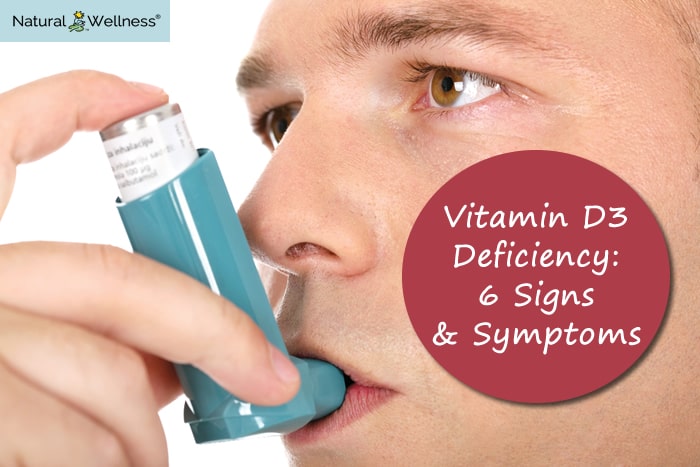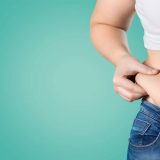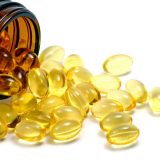

The prohormone group that includes vitamin D, vitamin D2 (calciferol) and vitamin D3 (cholecalciferol) acts to support and increase the effects of other hormones in the body. While vitamin D3 can be synthesized by the body with exposure to sunlight, it can also be obtained through diet and supplements. Normal levels of vitamin D3 are between 10 ng/ml and 50 ng/ml, with optimal levels around 30 ng/ml in order to ensure necessary calcium absorption and bone mineralization.
Vitamin D3 can be found in fatty fish, liver, cheese and eggs and is also added to the U.S. milk supply and many breakfast cereals. Even so, due to limited sunlight levels and durations in winter months in the norther regions of the country, 25% to 50% of those tested in clinical settings are deficient in vitamin D3. A vitamin D3 supplement is something everyone should consider – not only from November through April when sunlight intensity levels are lowest – but also during the spring, summer and fall, because most people wear sunscreen during these months, and the sunscreen prevents the body from absorbing vitamin D from the sun.
Signs and Symptoms
Vitamin D3 is necessary for normal functioning in many of the body’s systems. Deficiencies in D3 have been associated with several symptoms and conditions:
- Fibromyalgia and Chronic Fatigue Disease – Generalized muscle pain and symptoms like bone pain and unexplained muscle weakness might be a sign of vitamin D3 deficiency. Often, these symptoms are mistaken for fibromyalgia and chronic fatigue disease, and both of these conditions have been shown to have a high correlation with D3 deficiency with up to 70% of sufferers testing low in D3.
- Osteoporosis – In addition to generalized muscle and bone pain, actual demineralization of bone can occur when deficiencies in vitamin D3 interfere with proper calcium absorption. Bones can become brittle and fractures may occur, especially in older people.
- Kidney Disease – Those with chronic kidney disease should be checked for low vitamin D3 levels, as studies show impaired renal activity results in decreased conversion to D3.
- Cardiovascular Disease – Studies have shown a high correlation between higher risk of cardiovascular disease and vitamin D3 deficiencies. Anyone with cardiovascular disease should be tested to ensure they are at normal D3 levels.
- Asthma – An increase in the symptoms of asthma are also associated with D3 deficiencies, especially in children. Asthma sufferers in the northern climates tend to suffer more symptoms during the winter months from cold, and potentially from the lower levels of D3 resulting from lower levels and duration of sunlight.
- Cancer – Vitamin D3 offers protection against several types of cancer including colon, breast, ovarian and prostate cancers. Vitamin D3 inhibits tumor growth and the proliferation of cancer cells. Cancer rates have been shown to be 67% higher among those with low levels of vitamin D3.
Vitamin D3 has been known for its relationship with calcium absorption and bone health for years, and more recently has been shown to support health in a much wider range of body systems.




